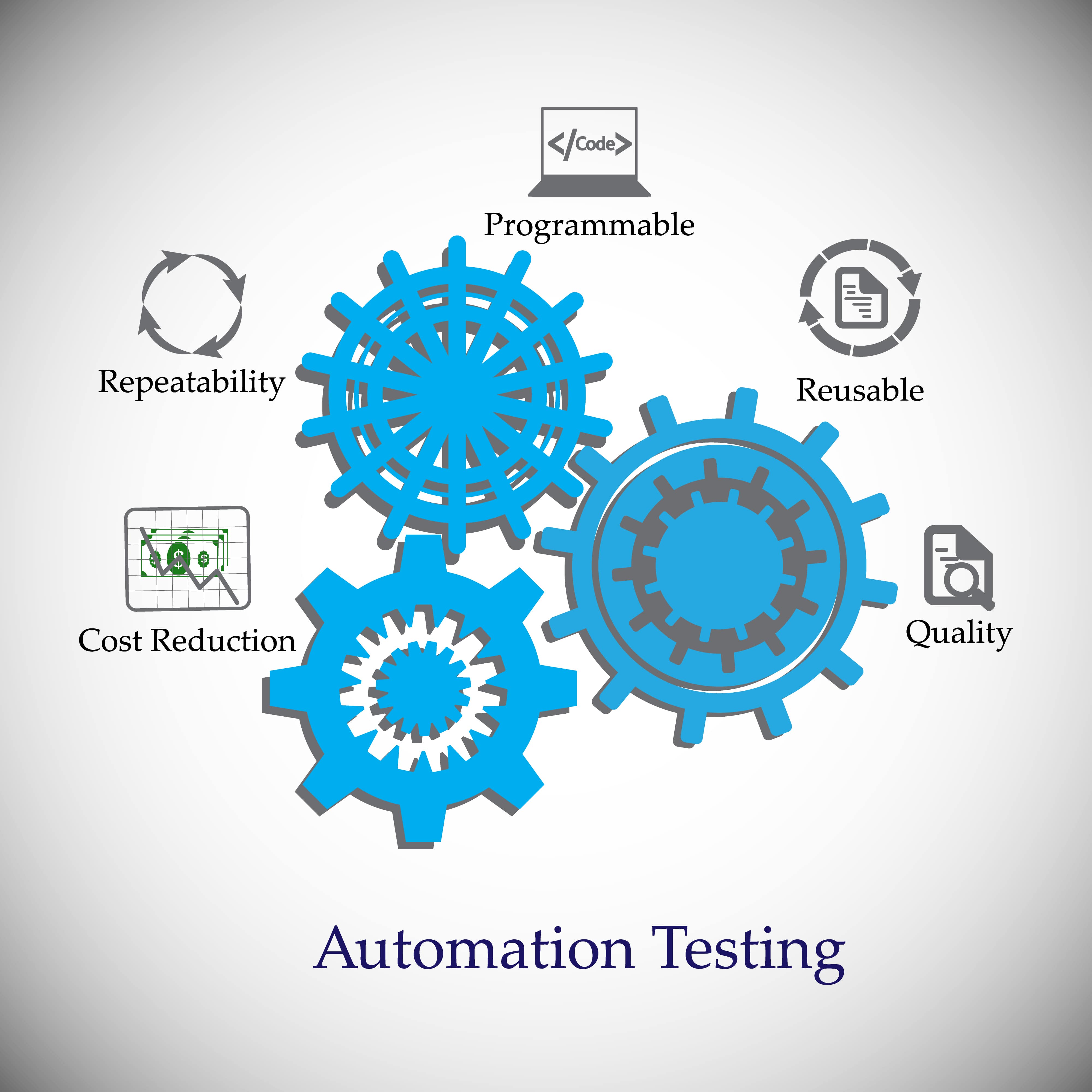From Manual to Automated Testing: A Comprehensive Overview to Transitioning Smoothly and Properly
In the world of software application testing, the shift from handbook to automated procedures has ended up being a significantly essential change for companies looking for to enhance efficiency and precision in their screening methods. The trip from manual to automated testing is not without its challenges, yet when approached tactically and with a clear plan in mind, the benefits can be significant.
Advantages of Automated Testing
Automated screening offers numerous advantages, boosting effectiveness and accuracy in software program advancement processes. Automated tests can be run at the same time on numerous devices and running systems, substantially speeding up the screening phase contrasted to hand-operated testing.
In addition, automated screening guarantees a higher level of accuracy in identifying flaws. Consistency in testing is also enhanced, as automated tests implement the very same actions exactly each time they are run.
Selecting the Right Devices

To start with, analyze your needs and goals. Understand the extent of your task, the modern technologies involved, and the ability of your group. This analysis will help you determine the abilities and features you call for in your screening tools.
Second of all, consider the compatibility of the devices with your existing processes and systems. Seamless assimilation with your existing software development lifecycle is necessary to guarantee a smooth shift to automation.
Furthermore, assess the scalability and flexibility of the devices. As your screening needs progress, the tools need to be able to adapt and accommodate changes efficiently.
Finally, consider the assistance and neighborhood around the tools. Durable support and an active customer community can supply useful resources and aid when carrying out automated screening. By carefully thinking about these facets, you can choose the right devices that align with your requirements and set the stage for a successful change to automated testing.
Composing Effective Examination Manuscripts

When crafting test manuscripts, it is vital to take into consideration the particular needs of the software being checked and make sure that the manuscripts deal with all important other functionalities. Clear and detailed calling conventions for examination manuscripts and examination cases can enhance readability and maintainability. In addition, integrating error handling mechanisms within the examination manuscripts can help in identifying and attending to concerns promptly.
Furthermore, organizing test scripts into modular elements can improve reusability and scalability, decreasing redundancy and boosting efficiency in examination script maintenance. Regular testimonials and updates to test scripts are crucial to equal evolving software requirements and capabilities. By complying with these concepts, testers can create durable and efficient test manuscripts that add considerably to the success of automated screening processes.
Integrating Automation Into Workflows
By effortlessly incorporating automated testing devices like Selenium or Appium into the software application advancement lifecycle, groups can achieve faster responses on code changes, leading to quicker bug detection and resolution. This combination enables for constant testing throughout the growth procedure, guaranteeing that any problems are recognized early on, resulting in greater software quality. Proper integration of automation devices needs cooperation between advancement, screening, and operations groups to establish a unified process that optimizes performance and performance in providing top notch software application items.
Ensuring a Smooth Change
Effectively transitioning to automated screening involves precise planning and careful execution to optimize and decrease interruptions effectiveness in the software program advancement process - automation testing. To ensure a smooth change, it is essential to begin by carrying out a complete evaluation of the present testing processes and identifying areas where automation can bring one of the i thought about this most substantial benefits. Engaging with all stakeholders early on at the same time, consisting of designers, testers, and job managers, is crucial for amassing support and buy-in for the automation effort
Communication is vital throughout this change stage. Clear communication of the objectives, benefits, and assumptions of automated screening aids to manage any resistance or concerns that might emerge. In addition, supplying appropriate training and resources for staff member to upskill in automation devices and methods is crucial for guaranteeing a successful change.

Verdict
Finally, transitioning from manual to automated testing offers various benefits, including enhanced effectiveness and dependability. By selecting the suitable tools, composing effective test scripts, and integrating automation seamlessly into operations, companies can ensure a official website effective and smooth change. It is important to welcome automation as a beneficial asset in software testing procedures to boost general high quality and productivity.
In the realm of software program screening, the shift from manual to automated processes has actually come to be a progressively important transition for companies seeking to enhance performance and precision in their testing practices. Automated examinations can be run all at once on several gadgets and operating systems, drastically speeding up the screening stage compared to manual screening. Consistency in screening is also boosted, as automated examinations perform the same actions precisely each time they are run.To ensure the effective implementation of picked screening tools, the creation of reliable test manuscripts plays an important role in confirming the capability and performance of automated procedures - automation testing. By complying with these principles, testers can develop durable and effective examination scripts that add significantly to the success of automated screening processes